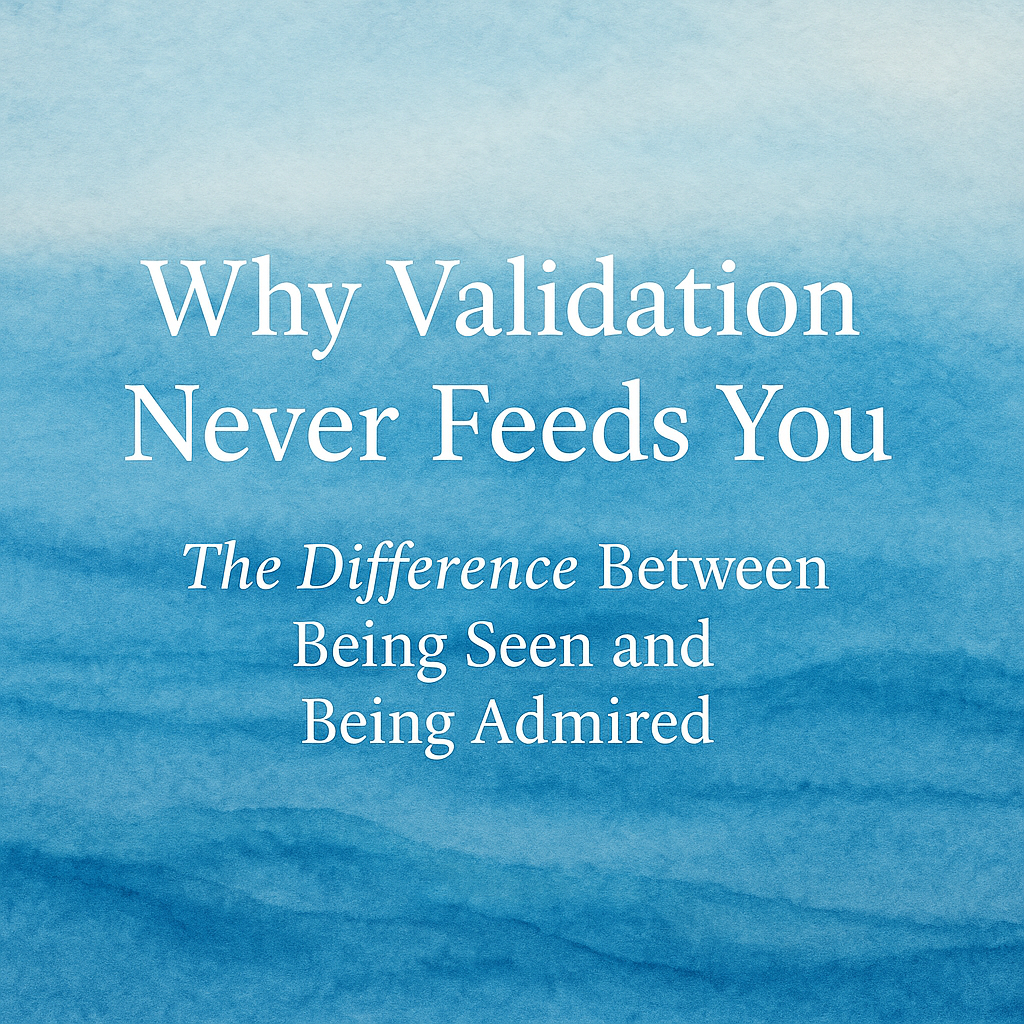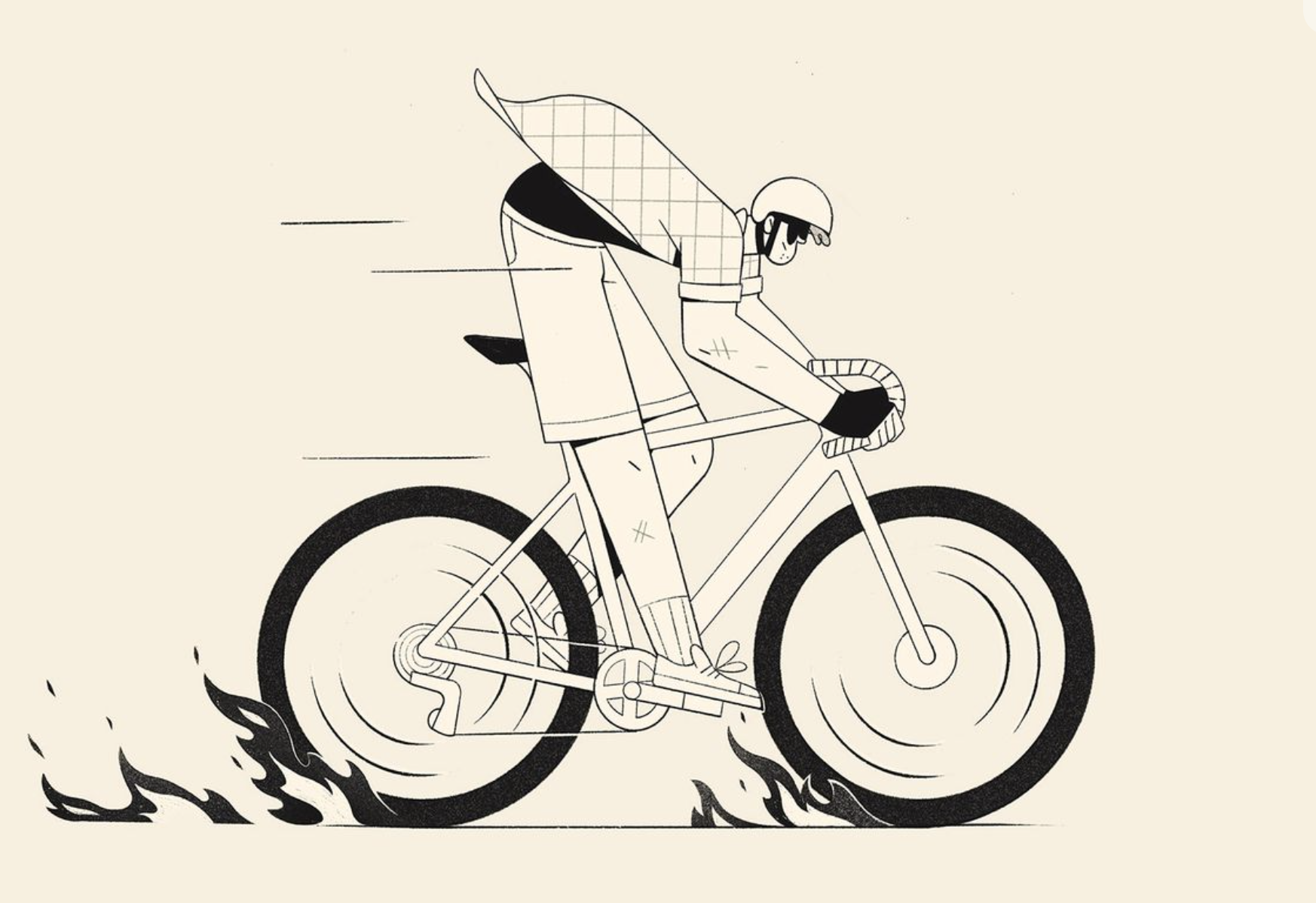
In a world that often tells us to “just be ourselves,” what if we’ve spent most of our lives not knowing who that is?
For many people in emotional pain, especially those with longstanding patterns of self-doubt, perfectionism, or emotional withdrawal, the problem isn’t simply stress or low self-esteem—it’s that their whole personality has been organized around trying to resolve a deep and chronic inner conflict.
This view of neurosis goes far beyond symptom management. It suggests that the neurotic person has built their life around compensations, defenses, and desperate strivings—because, at some point in early life, simply being themselves didn’t feel like enough. Instead, they constructed an identity in response to a world that made them feel unsafe, unloved, or conditionally valued.
The Core Conflict: Real Self vs. Idealized Self
At the heart of this psychological model is a split between two versions of the self: the real self and the idealized self.
The real self is spontaneous, feeling, alive. It wants to love, play, express, and connect. But when a child grows up in an environment where love feels conditional, where worth must be earned, and where emotional needs are unmet or rejected, the real self doesn’t feel safe to emerge.
In its place grows the idealized self—a fantasy version of the person they believe they must become to earn love, approval, or safety. This idealized image might be hyper-competent, endlessly giving, stoic and independent, or morally superior. But whatever its form, it’s rigid, perfectionistic, and ultimately impossible to maintain.
The more a person tries to become this imagined self, the further they get from who they actually are—and the more self-loathing they feel for falling short.
The Three Neurotic Strategies
In response to this inner split, people tend to adopt one of three core strategies for dealing with the world and relationships. These strategies, or “trends,” are not conscious choices, but deep-rooted patterns that emerge as attempts to resolve anxiety and avoid emotional pain.
- Moving Toward People (The Compliant Type)
This person attempts to gain love and approval by pleasing others, being self-sacrificing, and avoiding conflict. Their unconscious belief is: If I’m good enough, generous enough, or lovable enough, I will be safe and cared for.But beneath this helpful persona is a terror of abandonment and a loss of personal identity.
- Moving Against People (The Aggressive Type)
Here, the strategy is domination. This person seeks power, recognition, or superiority to avoid vulnerabilityVulnerability refers to the willingness to expose one’s feelings, thoughts, and experiences in a g.... They may appear confident or controlling, but underneath is a deep fear of being hurt, used, or exposed as weak. Their idealized self is strong, invulnerable, and above others.
- Moving Away from People (The Detached Type)
The goal here is to be untouchable. This person withdraws emotionally, values independence above all, and avoids relying on others. Their belief is: If I need nothing, I cannot be disappointed. But the cost is often profound loneliness and a detachment from their own feelings and desires.
Most people lean toward one of these strategies, but all three can be present to varying degrees, especially when life pressures increase or old wounds are triggered.
The Inner Tyrant: Living Under the Idealized Self
The real tragedy of the neurotic structure is the suffering caused by the internalization of the idealized self. This inner image becomes a tyrant—a system of impossible “shoulds” and self-demands that govern behavior, mood, and self-worth.
This is sometimes referred to as the pride system: an internal world where a person feels both inflated by their imagined ideal and crushed by their inability to live up to it. When they succeed, they may feel a temporary high. But failure—inevitable in a system built on unreality—leads to shame, despair, or self-hate.
This dynamic is visible in the lives of many perfectionists, workaholics, and chronically dissatisfied high-achievers. No success is ever enough, and no rest is ever earned.
The Way Back: Reclaiming the Real Self
Despite how entrenched these patterns may feel, this theory offers a fundamentally hopeful vision. Because the neurotic personality isn’t a defect—it’s an adaptation. A brilliant, creative, but ultimately painful attempt to protect the self in an environment that once felt emotionally dangerous.
Healing begins by turning inward and becoming curious about the idealized image we’ve been trying to uphold. What does it promise us? Where did it come from? What early experiences made us feel that being ourselves wasn’t enough?
In therapy, this often looks like:
- Identifying the “shoulds” and impossible self-standards that dominate the inner world
- Exploring the emotional roots of one’s coping strategy
- Allowing oneself to experience anger, grief, and fear in a safe space
- Practicing new ways of being—asserting needs, expressing vulnerability, reclaiming spontaneity
- Reconnecting with a sense of purpose, joy, or creativity not defined by performance
The return to the real self is not a single moment but a slow, courageous undoing of years of self-abandonment. As this inner structure softens, life begins to feel less like a performance and more like something lived from the inside out.
Why This Matters
In an age of diagnosis, quick fixes, and symptom management, this perspective reminds us that emotional suffering often stems from something more complex than chemical imbalances or flawed thinking. It points to a deeper, more personal truth: that many people are hurting not because they are weak or disordered, but because they have spent their lives being someone they are not.
This framework offers compassion without coddling, insightInsight refers to the understanding and awareness clients gain about their thoughts, feelings, and b... without labelingLabeling is a cognitive distortion where individuals assign a negative label to themselves or others.... It gives language to the unspoken pain of living as an ideal rather than a person—and opens the door to reclaiming what was always there beneath the mask.
Final Thought:
To be neurotic, in this view, is not to be broken—it is to be divided. Healing begins not with self-improvement, but with self-reconciliation. Not with becoming better, but with becoming real.





